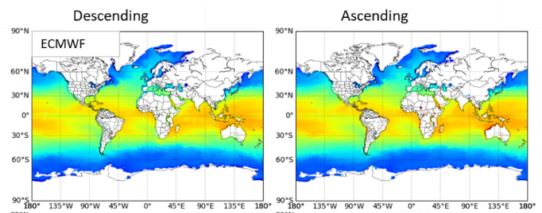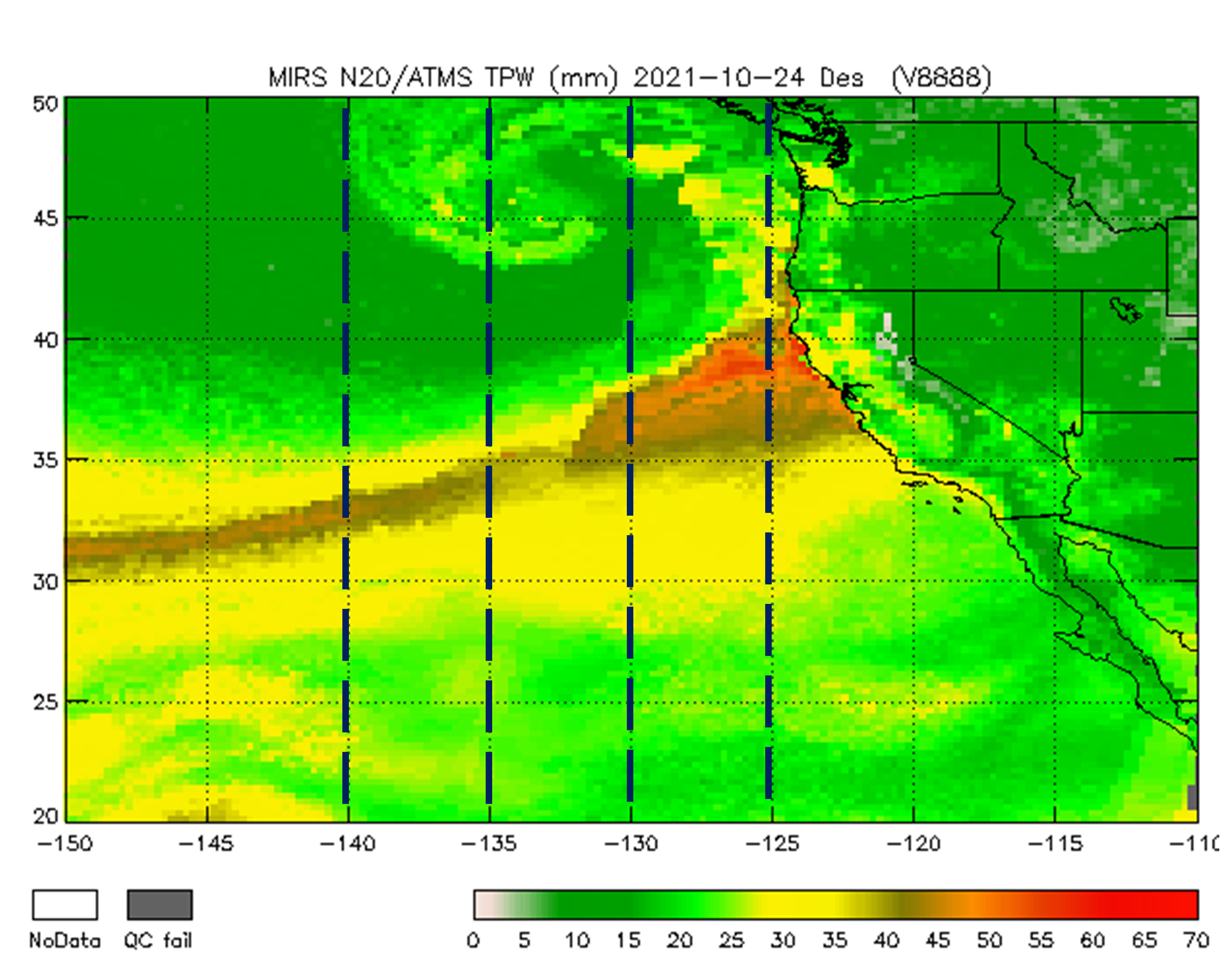
Leveraging Machine Learning to Improve Sea Surface Temperature Retrievals
The Microwave Integrated Retrieval System (MiRS) Science Team has published a paper in IEEE Journal on Selected Topics in Applied Earth Observations and Remote Sensing (JSTARS) titled “Improvement of MiRS Sea Surface Temperature Retrievals Using a Machine Learning Approach”.




